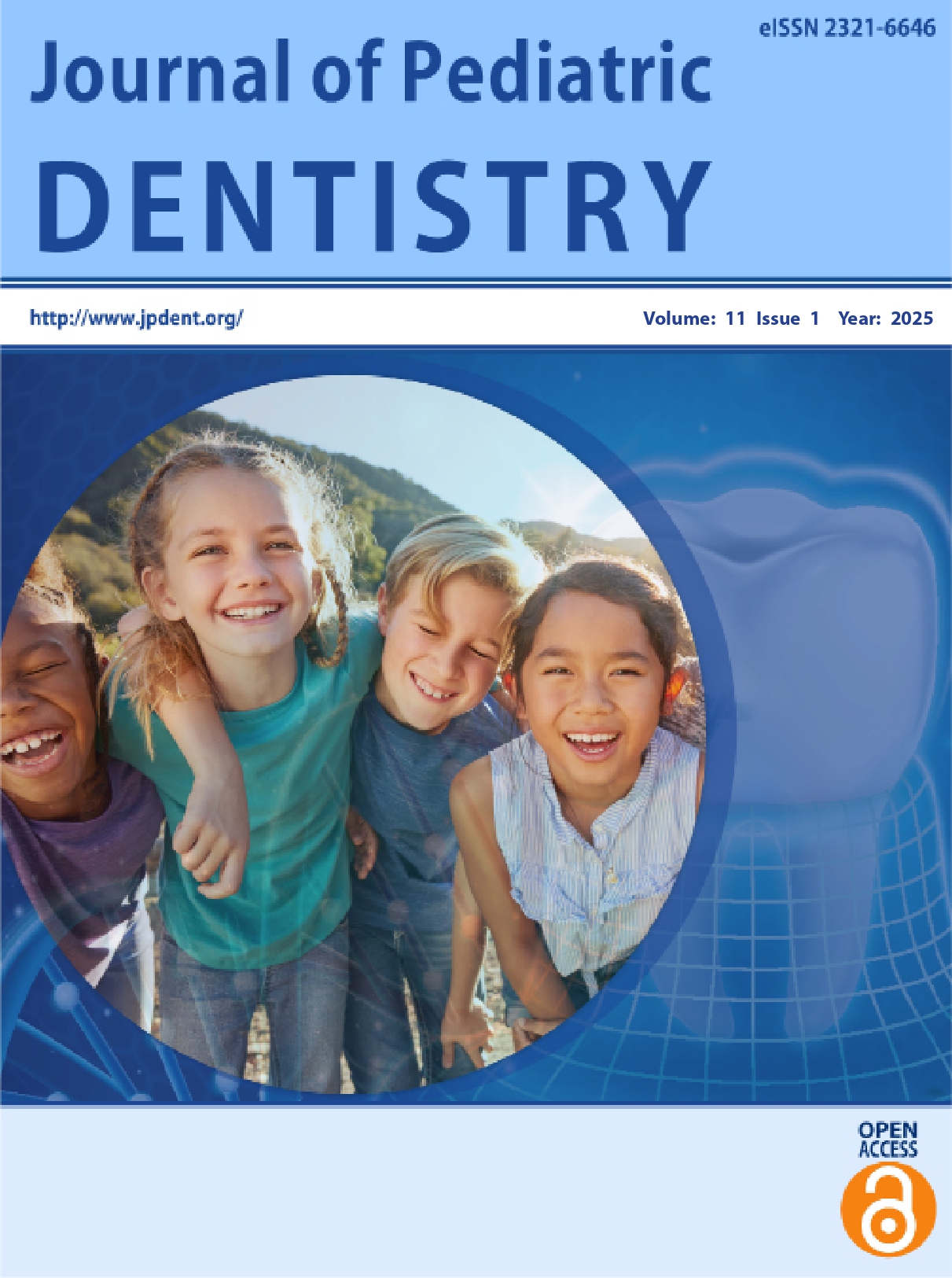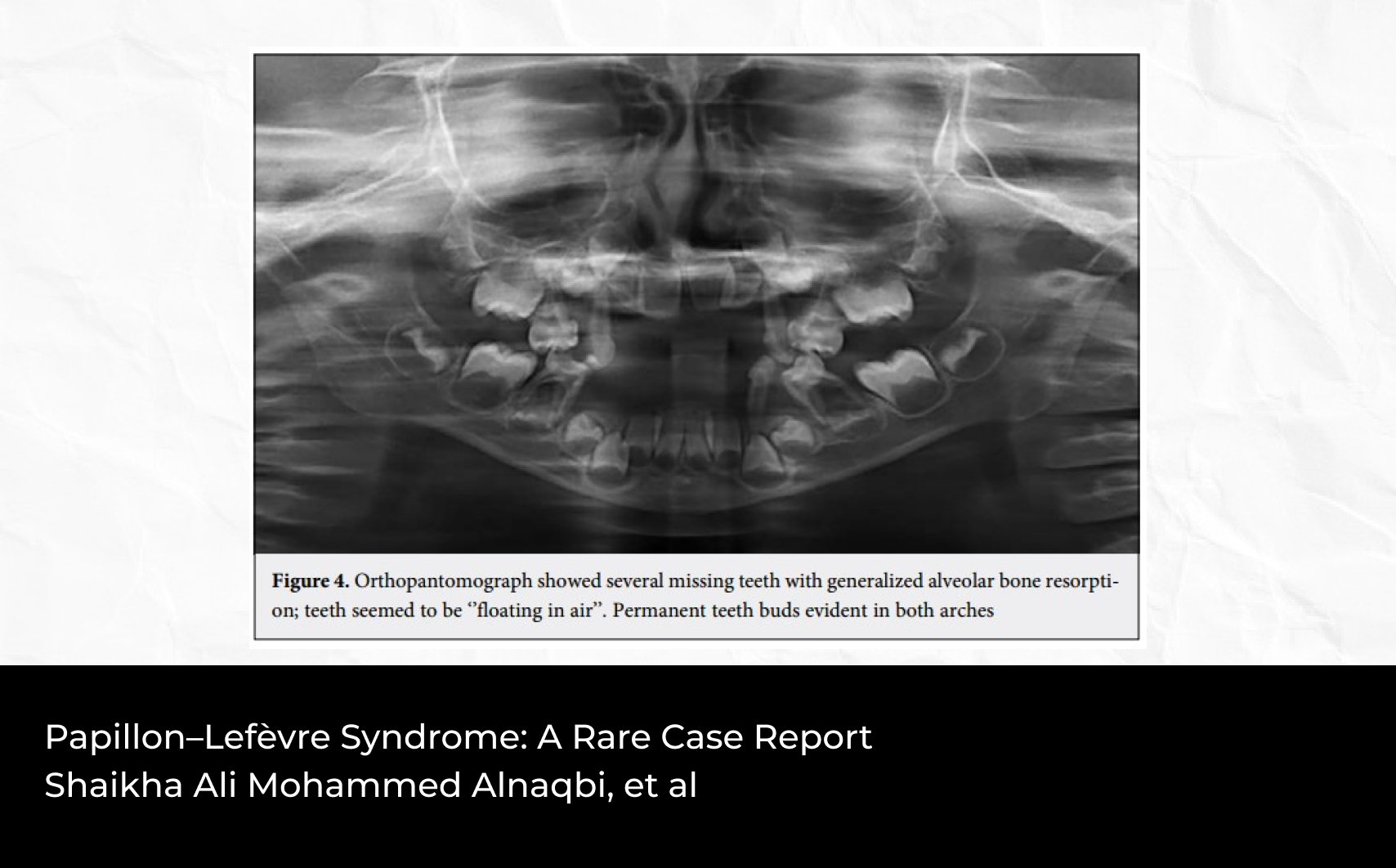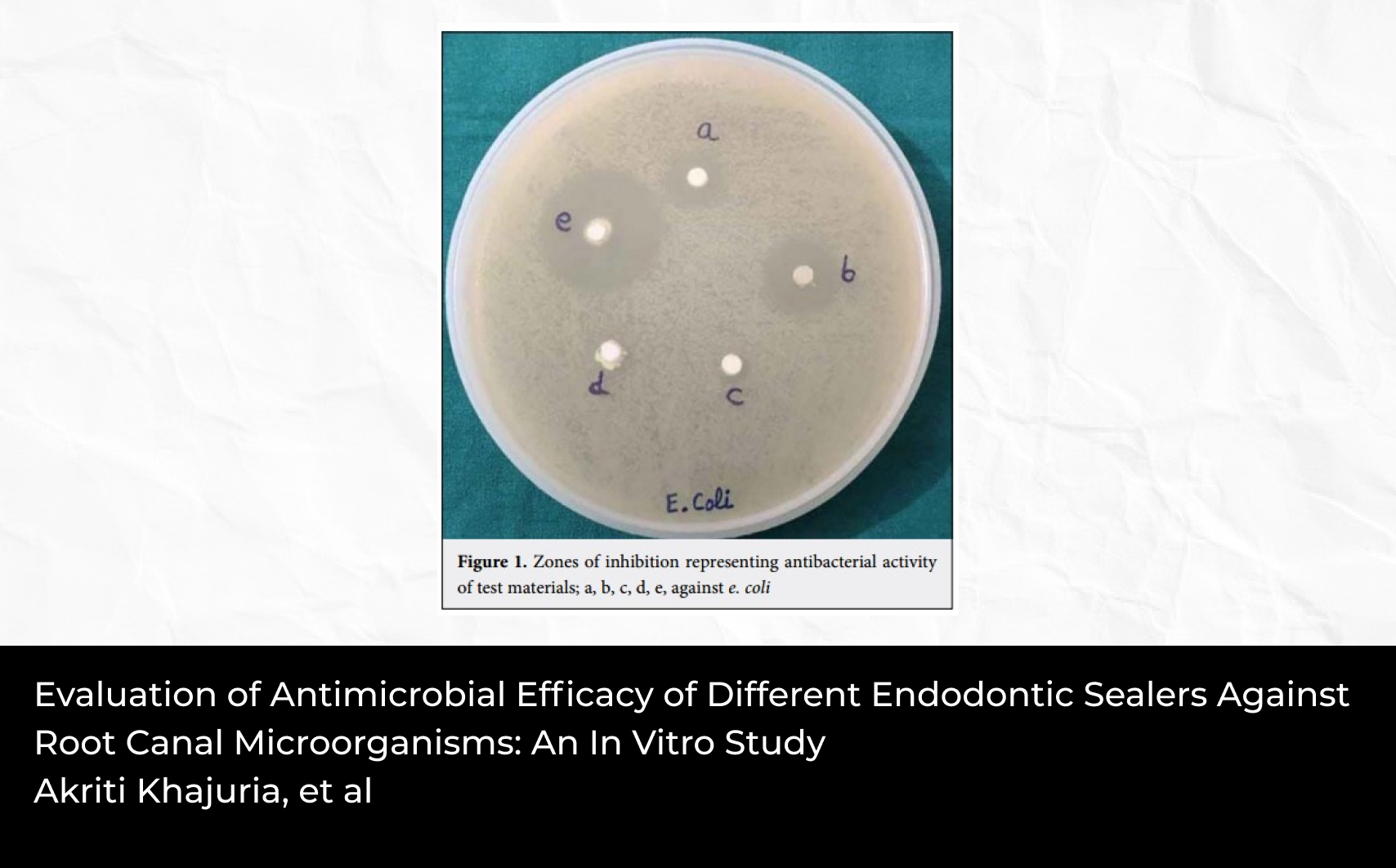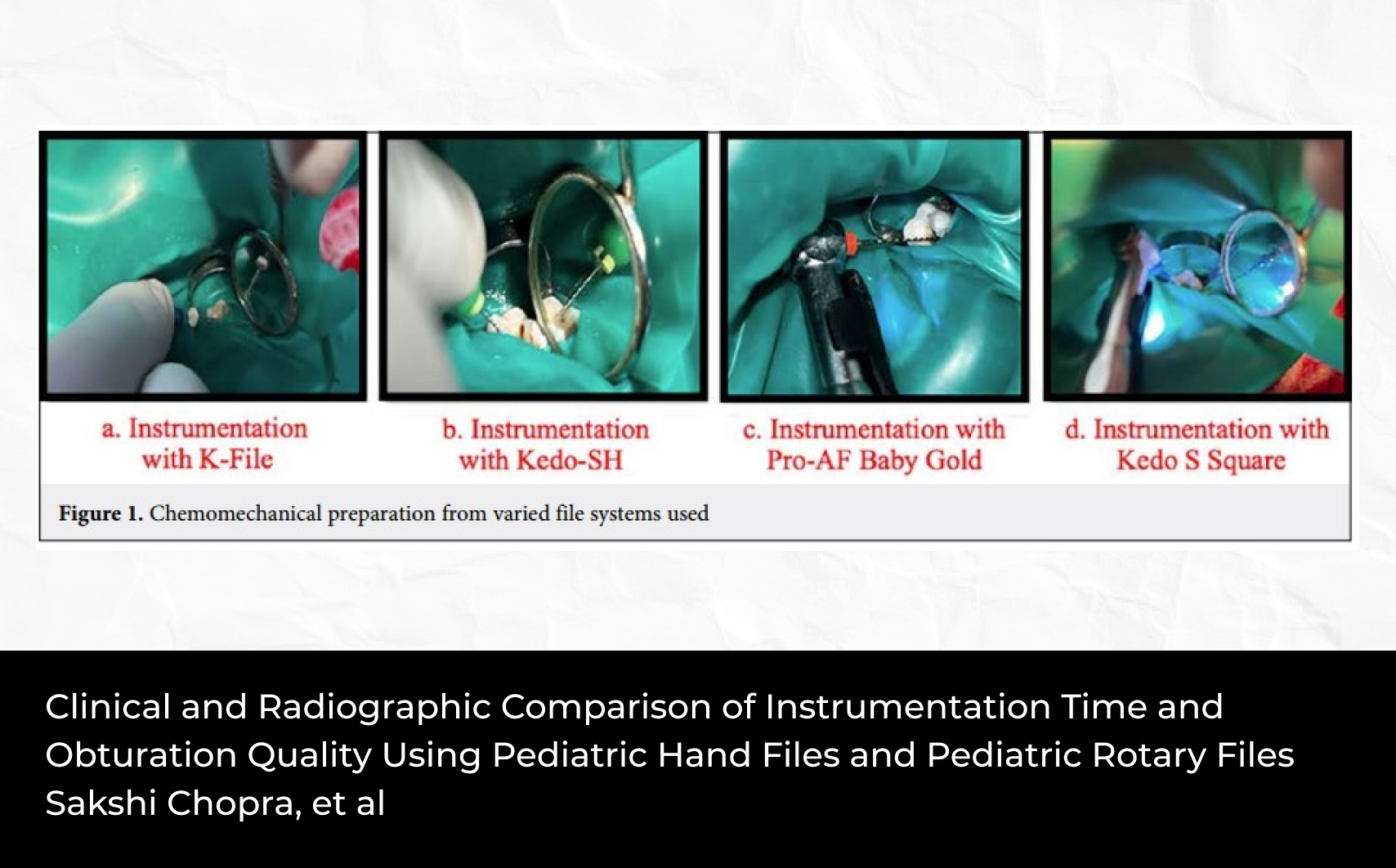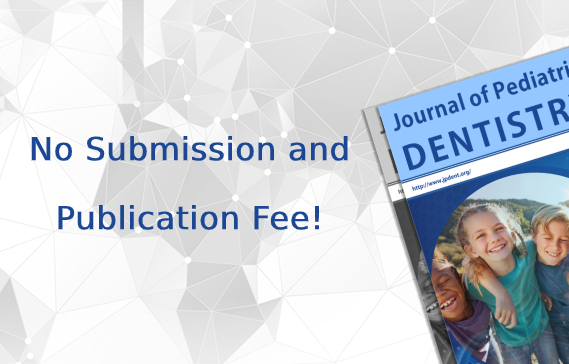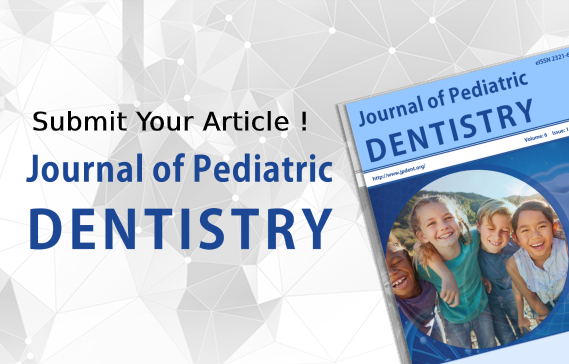2Department of Pediatric Dentistry, Faculty of Oral and Dental Medicine, Cairo University, Giza, Egypt,
3Department of Pediatric Dentistry, Faculty of Dental Medicine, Lebanese University, Beirut, Lebanon
Abstract
Background: Restoring multiple anterior teeth in children using conventional infiltration is challenging due to the need of multiple injections, a considerable amount of anesthetic solution, and lip numbness. The palatal approach anterior superior alveolar block injection (P‑ASA) using the Wand single tooth anesthesia (STA) provides an alternative and innovative technique that overcomes several challenges and should be furtherly tested. Aim: The aim of this study was to compare the pain perception and the effectiveness of P‑ASA injection using STA (Milestone Scientific, Inc.) and a 30 G × 0.5 inch needle, to the regular multiple maxillary infiltration local anesthetic technique (MIT) in restoring primary anterior maxillary teeth. Design: This study was designed as a randomized controlled clinical trial in which 64 healthy children who need restoration and/or pulp treatment on primary maxillary anterior teeth were assigned to either receiving P‑ASA block injection or regular (MIT). Children’s behavior was assessed during anesthesia administration objectively using face, legs, activity, cry, and consolability behavioral pain assessment scale (FLACC). Children’s self‑reported pain was evaluated subjectively at two different time points (directly after injection of anesthesia and after full dental treatment) using the Wong–Baker FACES pain rating scale (WBFPRS). Data were statistically analyzed using SPSS version 13.0 and statistical significance was determined as P ≤ 0.05. Results: Children receiving the P‑ASA reported less pain both during and after anesthesia administration (P = 0.0001). Similar results of pain were reported after treatment completion using both techniques (P = 0.464). Conclusion: P‑ASA can be considered as an excellent alternative to administer deep, fast, effective, and less painful anesthesia of the upper primary anterior teeth and related gingival tissues compared to MIT.

